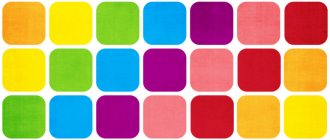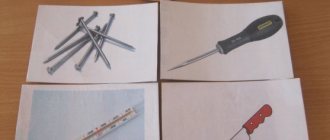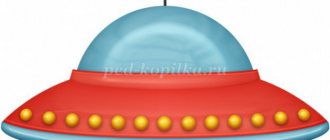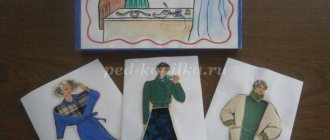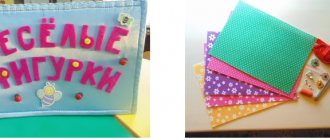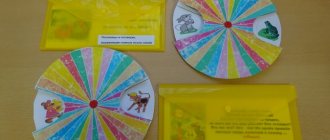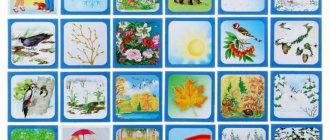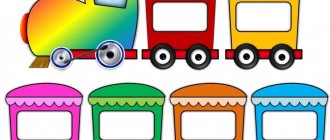▣ SUBSCRIBE ON INSTAGRAM➥
2018-02-09 11:04:40 0 7179
Educational toys, invented by the talented Italian teacher Maria Montessori more than a hundred years ago, are very, very popular among modern parents and children. Which is quite natural: these educational toys are bright, simple and at the same time interesting and useful for both the youngest and older children!
Insert frames are very diverse. They differ from each other in shape, theme, age purpose, technical design (for example, wooden frames-inlays). Whatever the toy, the main thing is that it brings great benefits to the baby. The main task of the game is to return the cut out small part to its place, after first matching the shape and size of the element and the “house” for it. In some toys, it is possible to navigate by the meaning of the picture, while in others, shape and size are the only defining characteristics. Interesting, isn't it?
For example, simple frame inserts can be offered to babies from 6 to 8 months, and more serious options will captivate children up to 5 to 6 years old!
The toy is a tablet-like tablet with parts of different shapes cut out in it. They can be taken out of the frame and put back in place. Most often, the parts are equipped with a button-handle, which makes them very convenient to grasp. But there is a secret in the purpose of this button: it is not only for convenience! The fact is that the baby grasps the button with three fingers: thumb, index, middle - that is, those with which he will later hold a pencil and pen!
Did you guess it? The main benefits of frame inserts:
- fine motor skills training;
- Preparing the baby's hand for writing.
But that's not all! Frame inserts:
- They develop logic and coordination of the tiny baby’s movements (it’s not so easy to get a piece into a frame, and you also have to figure out how to turn it correctly so that it fits into place!).
- They teach you to distinguish geometric shapes, sizes, colors, and help you learn to count.
- With the help of insert frames, you can clearly explain to your child the concept of “whole” and “fraction”. There is an option where you need to insert a whole circle into the frame, next to it is a circle consisting of two halves, then three, four, and so on! There are a total of 72 elements in this constructor! Of course, this model is not suitable for the tiniest.
- Thematic frame inserts introduce the baby to the world of animals, technology, vegetables and fruits, even geography! While playing, the baby will easily remember, for example, that banana, pear and apple can be called the general word “fruit”.
- the baby becomes more inquisitive and expands his vocabulary.
This is what a powerful developmental potential lies in a simple-looking toy!
And now we need to find out what types of frames and inserts there are in order to choose the right option for the baby in accordance with his tastes and age.
INSERT FRAMES ARE MORE OR LESS.
In one frame there are four identical in appearance, but different in size bunnies, dogs or other animals. The task is to put the pieces in their places. This version of the insert frame can be given to a baby as early as six months, but, of course, you shouldn’t expect the baby to immediately arrange everything on his own! The baby will be able to do everything himself later, when he’s a year and a half old, but for now, moms and dads, play with him!
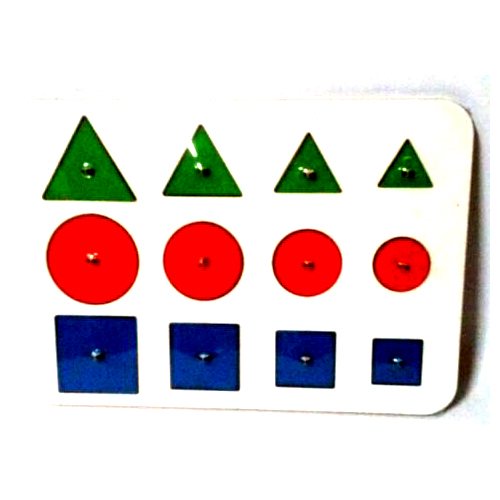
THEMED FRAME INSERTS.
Frames with inserts in the form of figurines, animals, gifts of nature, cars will be of interest to daughters and sons from 1.5 to 2 years old. The option of a frame with an underlayer simplifies the task for children - a similar pattern is applied in the slots of the frame to facilitate the selection of parts.
For two to three year old children, more complex options are suitable - geometric shapes divided into parts by straight or wavy lines; with numbers and letters that need to be placed in the corresponding silhouettes.
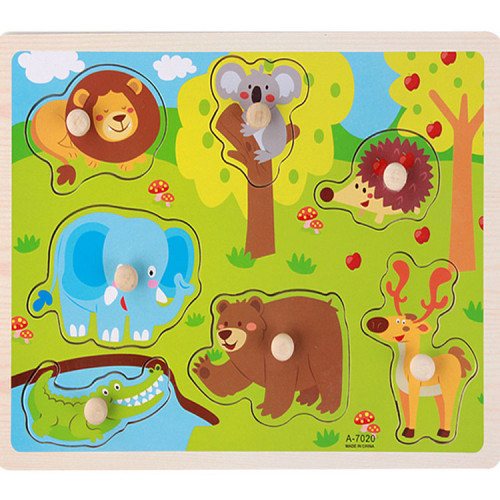
DRESSING FRAMES.
Children really like to match blouses and pants to the figures of children or animals, as well as different faces: funny, angry, surprised! By playing with “dress up”, you can learn very, very many important, interesting things. For example, learning the names of items of clothing, getting to know the seasons, and faces will help the baby recognize various emotions. The game will be much more exciting with mom’s comments: “The bear is going for a winter walk. What should I take – maybe some pajamas?” Of course, the baby will choose a fur suit with a satisfied smile! You can write whole stories on the topic of how the bear got up, took off his pajamas, put on something appropriate for the season, went for a walk, got scared, for example, of a caterpillar, and then realized that there was nothing to be afraid of and laughed... Use your imagination and play with the insert frame will take on new dimensions!
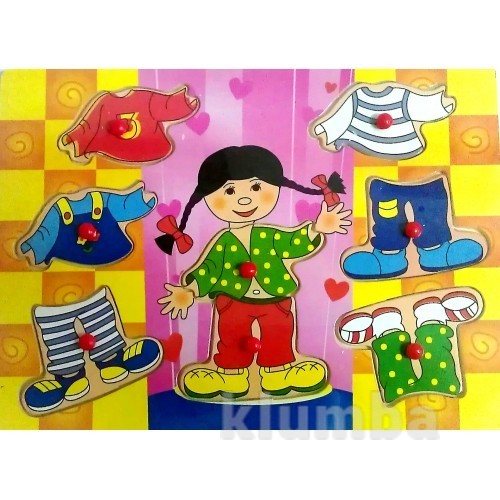
GEOGRAPHICAL INSERT MAPS
– the most interesting Montessori idea! This frame is intended for older children, but will be interesting even for adults. It's really fun to arrange the continents in their places on the hemispheres! A great way to learn geography. By the way, it was prefabricated geographical maps for children, which appeared at the end of the 18th century, that are the “great-grandfathers” of modern puzzles! Interested?
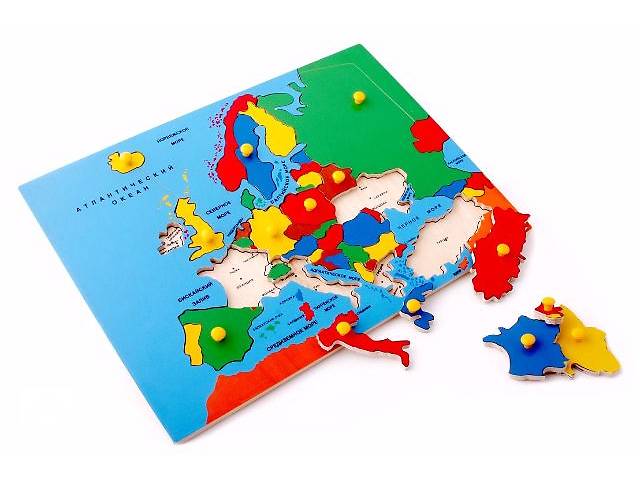
We will be very glad if you and your children enjoy these games.
We wish you exciting games and great success!
We create educational games ourselves: the best services to help teachers
Services for creating educational games
- eTreniki is a designer of educational simulators, included in the TOP 30 best projects of the Competition for Innovations in Education. Offers several task concepts: Kartofan (correlation of signatures with objects on the map), Kokla (dividing words into categories), Krypton (solving words with mixed up letters), Morfunks (parsing a word according to its composition), UFO (searching for extra objects in a group).
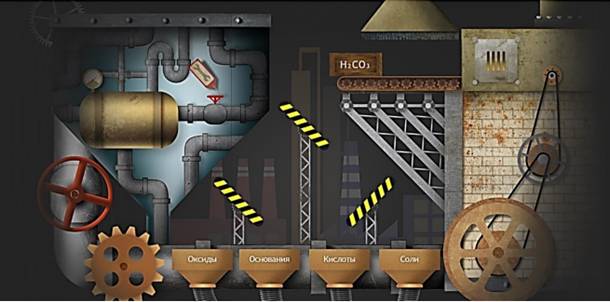
- Learningapps is a service already known to many with interactive learning modules. The tasks are aimed at choosing the correct answer, distribution, sequencing, filling. The developers offer a wide variety of interesting templates, for example: “Who wants to be a millionaire?”, “Guess”, “Horse racing”, “Hanging”, “Couples”. The service removes a significant part of the burden of constructing and checking tests from the teacher.
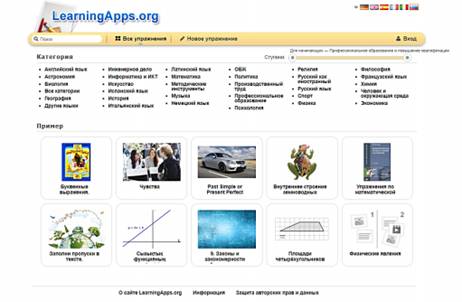
- Online Test Pad is another popular service. Types of constructors: test, survey, crossword, logic games. To combine several types of exercises, a complex task designer is provided.
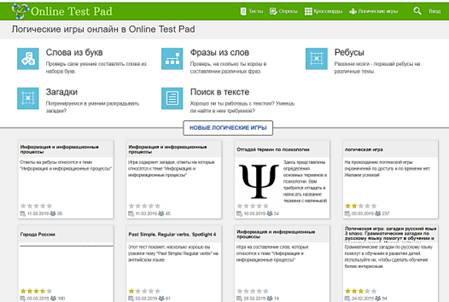
- Quizlet is an online service for working with virtual cards, as well as audio and written prompts. Supports about 130 languages. Among other things, it can use the “Memorization Mode” with the creation of an adaptive curriculum and a reminder function via mobile devices.
- ClassTools is an online service for creating interactive Flash resources. There are interesting templates for “QR Game Generator”, “Arcade Game Generator”, “Countdown Timer” and many others. If we talk about flash technology, it is also worth taking a closer look at the sites Jigsaw planet (creating puzzles) and Flashcard machine (creating cards).
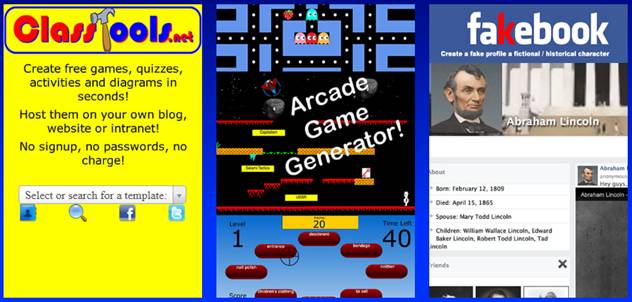
- Hot Potatoes is a program for creating tests and crossword puzzles (download link). There are paid and free versions. Slightly outdated design, but very user-friendly interface. Ready crosswords can be printed.
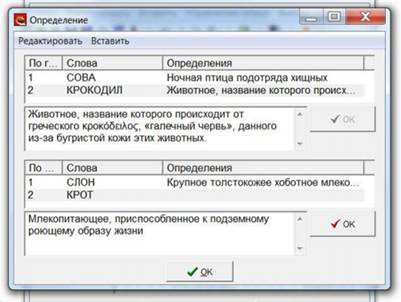
- Socrative is a service for creating online surveys that students answer via mobile devices. Aimed at implementing the new global concept of Bring Your Own Device (BYOD). The teacher can add an explanation to each question, providing instant feedback. It is also worth paying attention to another quiz service: Kahoot!.
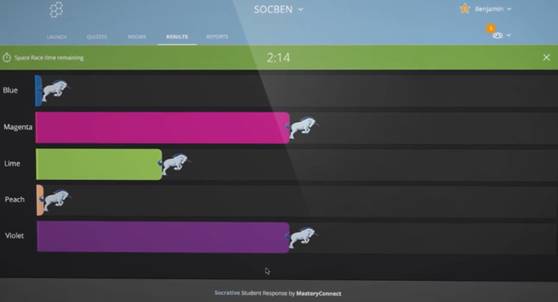
- Canva is a graphic editor in which you can create diagrams and process photographs, and then use them in educational games. Large selection of colorful templates.
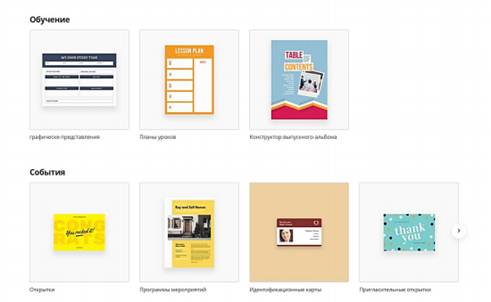
- PlayPosit is a service for creating interactive videos. With its help, any video can be turned into a didactic basis for a lesson. Materials from other services are easily integrated.
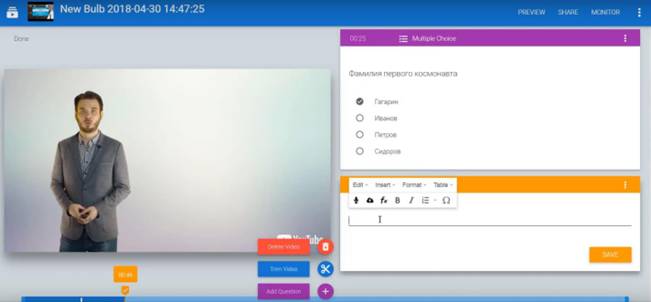
- Google Maps (custom layer) is a service that allows you to build educational games based on the principle of geocaching. Other sites for working with maps: StoryMap and TimeMapper. The latter allows you to present the material both geographically and chronologically.
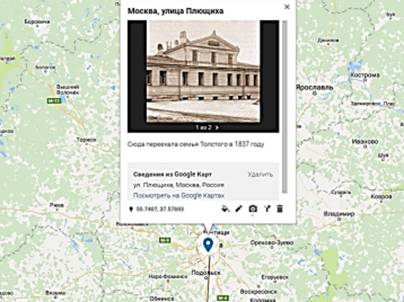
Teaching preschoolers to navigate in space: games and exercises
“Game activities” - games and exercises to develop the prerequisites for logical thinking
Classification of didactic games in the Russian language
Entertaining astronomy for schoolchildren: games with cards
How to make educational games as effective as possible
- Use mobile phones.
Many modern electronic educational services provide work via smartphones. The teacher can write a note to the school management asking for permission to use them in class. Lessons aside, educational mobile apps are also suitable for extracurricular activities and homework. - Pay attention to the design.
Most educational Internet services have the same content, the same set of templates and differ only in design capabilities. But design should not be considered a secondary element. We are dealing with children, and a bright picture is very important for them. - Teach by playing.
Many educational online games are essentially tests, simply presented in a beautiful “wrapper”. Use them to achieve substantive results. - Integrate.
To make the project versatile, integrate some services with others. Try inserting a link to an interactive map into a QR code or colorful videos into your timeline. If there are many services, they can be combined on one site (for example, Google Sites). - Provide instant response.
It is advisable to program in the service a quick response to a student’s question or answer. This function is available, for example, in the Hot Potatoes program and the Socrative service. Just like colorful design, increased interactivity helps keep students engaged.
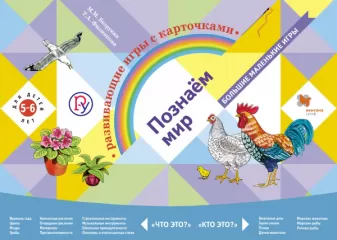
Let's get to know the world. Educational games with cards for children 5-6 years old (set). Didactic materials
Double-sided cards of various thematic series and a playing field with six transparent plastic pockets are used in games that develop speech, perception, attention, memory, and intelligence of preschool children. The choice and number of cards depends on the goals and level of difficulty of each game activity. In the methodological manual, the authors talk about the characteristic features of the development of children of senior preschool age, and provide recommendations for organizing play activities. A description of games with cards is also given, on the basis of which new options can be created based on the individual characteristics and pace of development of the child.
Buy
What PISA teaches us
In 2022, Russia once again took part in the international program for assessing the educational achievements of students, PISA. The results will not be available until the end of 2022, so for now we can only consider the results of the 2012 and 2015 studies. These results are not reassuring:
| 2012 | 2015 | |
| Science literacy | 37th place | 32nd place |
| Mathematical literacy | 34th place | 23rd place |
| Reading literacy | 42nd place | 26th place |
Why does this happen?
The study tests how well students can apply school knowledge to real life, which requires critical thinking skills. We, however, often make knowledge “bounce off the teeth” without much analysis. This approach really turns out to be useful in preparing for many domestic and foreign tests, but we should not forget about the student’s general literacy. When creating online simulators, experts recommend introducing creative tasks that are close to life, involving observation, analysis and other interdisciplinary competencies. #ADVERTISING_INSERT#
